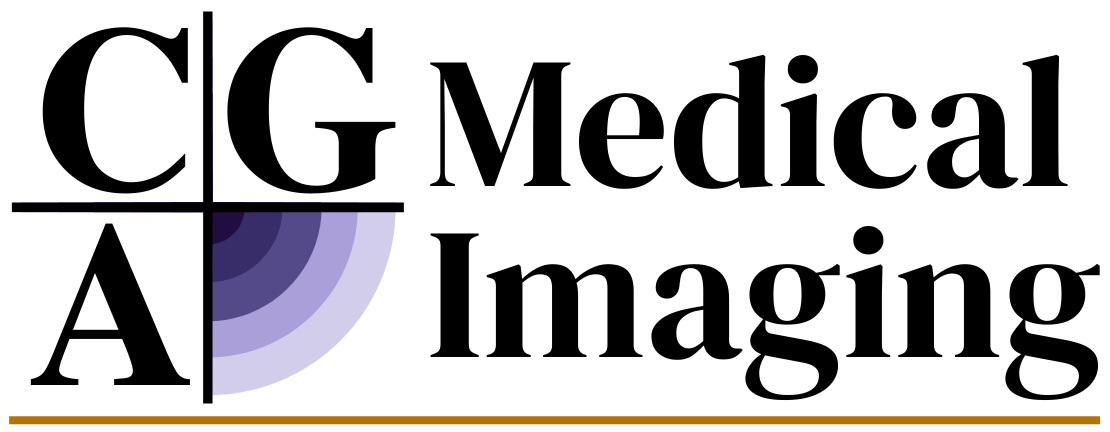Pregnancy Ultrasound
Ultrasound uses high-frequency sound waves to see and record images or pictures in “real time.” This makes it ideal for imaging the moving fetus.
-
Ultrasounds are a routine part of your pregnancy. They are used to see that the fetus is growing normally, including the limbs, heart, brain and internal organs. It can also help doctors detect some abnormalities earlier than would otherwise be possible.
-
Calgary
#140, 4774 Westwinds Drive NE
Cold Lake
#101, 2012 8th Avenue
Bonnyville
#104, 4610 50th Street
At our Bonnyville location you have the option of adding a 4-D entertainment ultrasound to your medical exam. This is best done between 20-30 weeks gestational age.
-
-
Types of Pregnancy Ultrasounds
1st Trimester
This ultrasound is often used to confirm a pregnancy, to check on the age and progress of pregnancy in the early stages, or to rule out concerns early on.
Nuchal Translucency
Performed as a genetic screening test, this ultrasound is used to calculate the probability of your baby having a chromosomal abnormality. Performed between 11 weeks and 13 weeks of your pregnancy, a small fold of skin at the back of the baby’s neck is imaged and measured.
Done at:
Cold Lake - #101, 2012 8th Avenue
Bonnyville - #104, 4610 50th Street
2nd Trimester
Usually completed between 18-20 weeks gestation, this ultrasound provides a detailed assessment of your baby, including body structure and development.
3rd Trimester
During this later-stage ultrasound, we will check your baby’s position, growth, development and well-being.
-
30 - 60 minutes
-
Early Pregnancy
Drink 1L (4 cups) of water, 90 minutes prior to your appointment and finish it one hour before your appointment. DO NOT EMPTY BLADDER until after the examination or if directed by the technologist.
Pregnancy 28 Weeks and Over
Drink 500 ml (2 cups) of water, 90 minutes prior to your appointment and finish it one hour before your appointment. DO NOT EMPTY BLADDER until after the examination or if directed by the technician. Eat regular meals.

